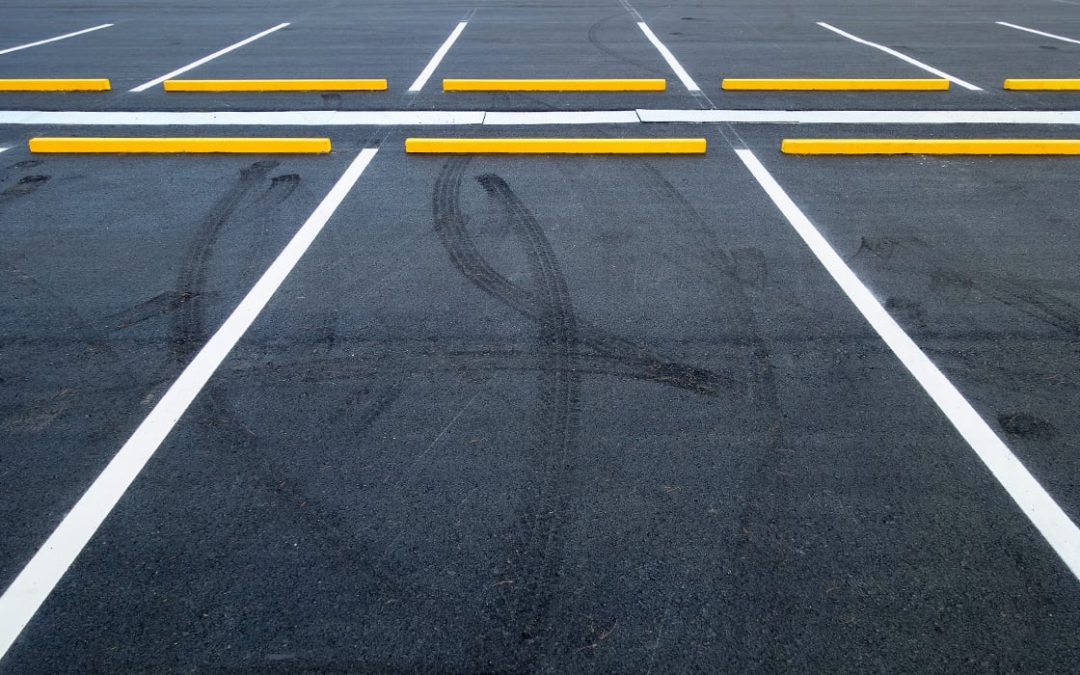Street stripping, also known as road marking removal, offers a wide range of benefits that contribute to road safety, traffic management, and overall transportation efficiency. By removing worn-out or faded road markings and replacing them with fresh, visible markings, street stripping enhances visibility, provides clear guidance, improves driver awareness, and promotes smoother traffic flow. Let’s explore the benefits of street stripping in more detail.
Improved Safety:
One of the primary benefits of street stripping is enhanced road safety. By removing old or faded markings and replacing them with fresh, bright ones, street stripping improves visibility, especially during nighttime or adverse weather conditions. Consequently, this decreases the risk of accidents, boosts driver awareness, and enhances overall road safety.
Enhanced Traffic Flow:
Street stripping helps optimize traffic flow and reduces congestion. Clear road markings provide drivers with important information, such as lane divisions, turn lanes, and traffic patterns, enabling them to navigate more efficiently. By removing outdated or confusing markings and replacing them with accurate and up-to-date ones, street stripping improves driver comprehension, minimizes lane merging conflicts, and promotes smoother traffic flow, resulting in reduced travel times and less congestion on the roads.
Clear Guidance:
Road markings serve as visual cues that guide drivers and help them make informed decisions on the road. Street stripping ensures that road markings are crisp, visible, and easily understandable. By removing faded or worn-out markings, street stripping eliminates confusion and ambiguity, providing clear guidance to drivers regarding lane usage, stop lines, crosswalks, and other important traffic instructions. This promotes adherence to traffic rules, reduces driver errors, and enhances overall road user safety.
Pedestrian Safety:
Street stripping plays a vital role in improving pedestrian safety. By removing old or unclear crosswalk markings and replacing them with fresh, visible ones, street stripping helps pedestrians navigate intersections and road crossings more safely. Well-defined crosswalks and pedestrian symbols make pedestrians more visible to drivers and increase driver awareness of pedestrian rights-of-way. Consequently, street stripping contributes to reducing pedestrian accidents and creating a safer pedestrian environment.
Cycling Infrastructure:
Street stripping is essential for the development and maintenance of dedicated cycling infrastructure. By incorporating bicycle lane markings and symbols, street stripping helps create safer spaces for cyclists, promoting active transportation and reducing reliance on motor vehicles. Enhancing cyclist visibility through well-marked bicycle lanes promotes cycling as a transportation mode and contributes to the overall sustainability and livability of communities.
Accessibility and Inclusion:
Ensuring accessibility and inclusivity for all road users relies on properly marked roadways. Street stripping enables the implementation of accessible features. Such as tactile pavement markings for individuals with visual impairments and wheelchair-accessible paths. By maintaining clear and legible markings, street stripping helps create a transportation system that accommodates. The needs of diverse road users, foster inclusivity and equal access to roadways.
Aesthetics and Community Perception:
Street stripping also contributes to the visual appeal of roads and communities. Faded or worn-out road markings can give the impression of neglect and lack of maintenance. By removing old markings and replacing them with fresh, well-defined ones. Street striping improves the overall aesthetics of roadways, creating a sense of pride within the community. Well-maintained road markings demonstrate a commitment to road safety and contribute to a positive perception of the transportation infrastructure.
In conclusion
Street stripping offers a multitude of benefits that encompass improved road safety, enhanced traffic flow, clear guidance, pedestrian safety, accessible infrastructure, and improved aesthetics. By investing in regular street stripping, authorities can ensure that road markings remain visible, accurate, and effective in guiding road users. These benefits contribute to safer, more efficient transportation systems, reduced congestion, and a positive perception of the community’s infrastructure. Street stripping is a vital component of road maintenance and plays a crucial role in creating sustainable, inclusive, and safe transportation networks.

